The ex-Paris Salon, 1929, Binder Stand 1929 ROLLS-ROYCE 20HP SEDANCA DE VILLE COACHWORK BY BINDER Registration No. 676 LT 84 (French) Chassis No. GVO 19 Engine No. Y 7 G Black with white bonnet coachlines, interior colour not known. Engine: six cylinder in-line, pushrod overhead valve, 3127cc; Gearbox: four-speed manual with right-hand lever; Suspension: beam axle to front, live axle to rear, half elliptic springs all round; Brakes: servo-assisted, mechanically operated four-wheel drum. Right hand drive. Rolls-Royce's enormous early success owed much to the acumen of Claude Johnson, whose commercial expertise was the perfect counterpoise to the engineering brilliance of Henry Royce. In 1906 Johnson decreed that in future the company would market one model only. That model was the fabled six-cylinder 40/50 hp Silver Ghost, so costly to purchase and time consuming to maintain that only the most wealthy could afford it. By the early 1920s, the times were changing. There was still a place for such extravagances, but a new luxury car-owning class could be discerned. They had the means to indulge themselves but looked for much more modest outgoings and running costs. It was to tap this new market that the Rolls-Royce Twenty was introduced in 1922. Built to just the same demanding standards as its magnificent predecessor, but simpler both to manufacture and to keep up, it was, after initial tremors, highly successful. Refinement more than high performance was always the Derby factory's objective with the six-cylinder Twenty. There was a smooth pushrod overhead six-cylinder engine in unison with a three-speed gearbox controlled by a centre gear-change, driving through an open propeller shaft to a rear axle suspended by simple half elliptic springs. By 1926 there were four speeds and the gears were controlled by a right hand lever in a more traditional gate. Brakes on all four wheels came in at about the same time. In common with the steering and clutch, they were light and precise to operate, for the type was intended to appeal to owner-driver clients as well as to those who could afford to employ a chauffeur. GVO 19 dates from the very last series of 20hp cars to be built before the introduction of the 20/25hp. According to the factory build sheets the car was originally supplied to France, and as such wore a 'Goshawk' French chassis plate. The French customer was none other than the coachbuilders Henri Binder, of Paris, who ordered it with the express intention of bodying it to exhibit at the 1929 Paris Salon on their stand. They elected to befit the car with a Sedanca de Ville body of extremely handsome style and balanced proportions, as evidenced by a number of photographs that exist of the car in this period, which today can be seen in most of the standard reference works for the marque and model, including John Fasal's excellent The Rolls-Royce Twenty and the Dalton and Watson publication Coachwork on Rolls-Royce . The car was sold by the coachbuilders presumably as a result of having been seen at the show to Mr Paul Weill. Its ensuing history is not recorded and remains to be investigated. However, by the early 1970s it was still in France and it was then that it was purchased by the current owner's family. A copy of a French registration document for this period seems to confirm that the car would have been on the road at this time, but in more recent years it has been laid up and stored. Sadly, this has meant a certain deterioration in its condition and appears on the basis of photographs to be rather derelict. The car seems to retain some of the more obvious features by which it is identifiable in period, such as the matched set of Stephen Grebel headlights and sidelights, the three-piece windscreen and dual side mounted spare wheels, as well as still sporting the twin coachline across the front and rear of the bonnet, although the wheel discs it once wore have now been lost. A motor show car is always fascinating f
The ex-Paris Salon, 1929, Binder Stand 1929 ROLLS-ROYCE 20HP SEDANCA DE VILLE COACHWORK BY BINDER Registration No. 676 LT 84 (French) Chassis No. GVO 19 Engine No. Y 7 G Black with white bonnet coachlines, interior colour not known. Engine: six cylinder in-line, pushrod overhead valve, 3127cc; Gearbox: four-speed manual with right-hand lever; Suspension: beam axle to front, live axle to rear, half elliptic springs all round; Brakes: servo-assisted, mechanically operated four-wheel drum. Right hand drive. Rolls-Royce's enormous early success owed much to the acumen of Claude Johnson, whose commercial expertise was the perfect counterpoise to the engineering brilliance of Henry Royce. In 1906 Johnson decreed that in future the company would market one model only. That model was the fabled six-cylinder 40/50 hp Silver Ghost, so costly to purchase and time consuming to maintain that only the most wealthy could afford it. By the early 1920s, the times were changing. There was still a place for such extravagances, but a new luxury car-owning class could be discerned. They had the means to indulge themselves but looked for much more modest outgoings and running costs. It was to tap this new market that the Rolls-Royce Twenty was introduced in 1922. Built to just the same demanding standards as its magnificent predecessor, but simpler both to manufacture and to keep up, it was, after initial tremors, highly successful. Refinement more than high performance was always the Derby factory's objective with the six-cylinder Twenty. There was a smooth pushrod overhead six-cylinder engine in unison with a three-speed gearbox controlled by a centre gear-change, driving through an open propeller shaft to a rear axle suspended by simple half elliptic springs. By 1926 there were four speeds and the gears were controlled by a right hand lever in a more traditional gate. Brakes on all four wheels came in at about the same time. In common with the steering and clutch, they were light and precise to operate, for the type was intended to appeal to owner-driver clients as well as to those who could afford to employ a chauffeur. GVO 19 dates from the very last series of 20hp cars to be built before the introduction of the 20/25hp. According to the factory build sheets the car was originally supplied to France, and as such wore a 'Goshawk' French chassis plate. The French customer was none other than the coachbuilders Henri Binder, of Paris, who ordered it with the express intention of bodying it to exhibit at the 1929 Paris Salon on their stand. They elected to befit the car with a Sedanca de Ville body of extremely handsome style and balanced proportions, as evidenced by a number of photographs that exist of the car in this period, which today can be seen in most of the standard reference works for the marque and model, including John Fasal's excellent The Rolls-Royce Twenty and the Dalton and Watson publication Coachwork on Rolls-Royce . The car was sold by the coachbuilders presumably as a result of having been seen at the show to Mr Paul Weill. Its ensuing history is not recorded and remains to be investigated. However, by the early 1970s it was still in France and it was then that it was purchased by the current owner's family. A copy of a French registration document for this period seems to confirm that the car would have been on the road at this time, but in more recent years it has been laid up and stored. Sadly, this has meant a certain deterioration in its condition and appears on the basis of photographs to be rather derelict. The car seems to retain some of the more obvious features by which it is identifiable in period, such as the matched set of Stephen Grebel headlights and sidelights, the three-piece windscreen and dual side mounted spare wheels, as well as still sporting the twin coachline across the front and rear of the bonnet, although the wheel discs it once wore have now been lost. A motor show car is always fascinating f


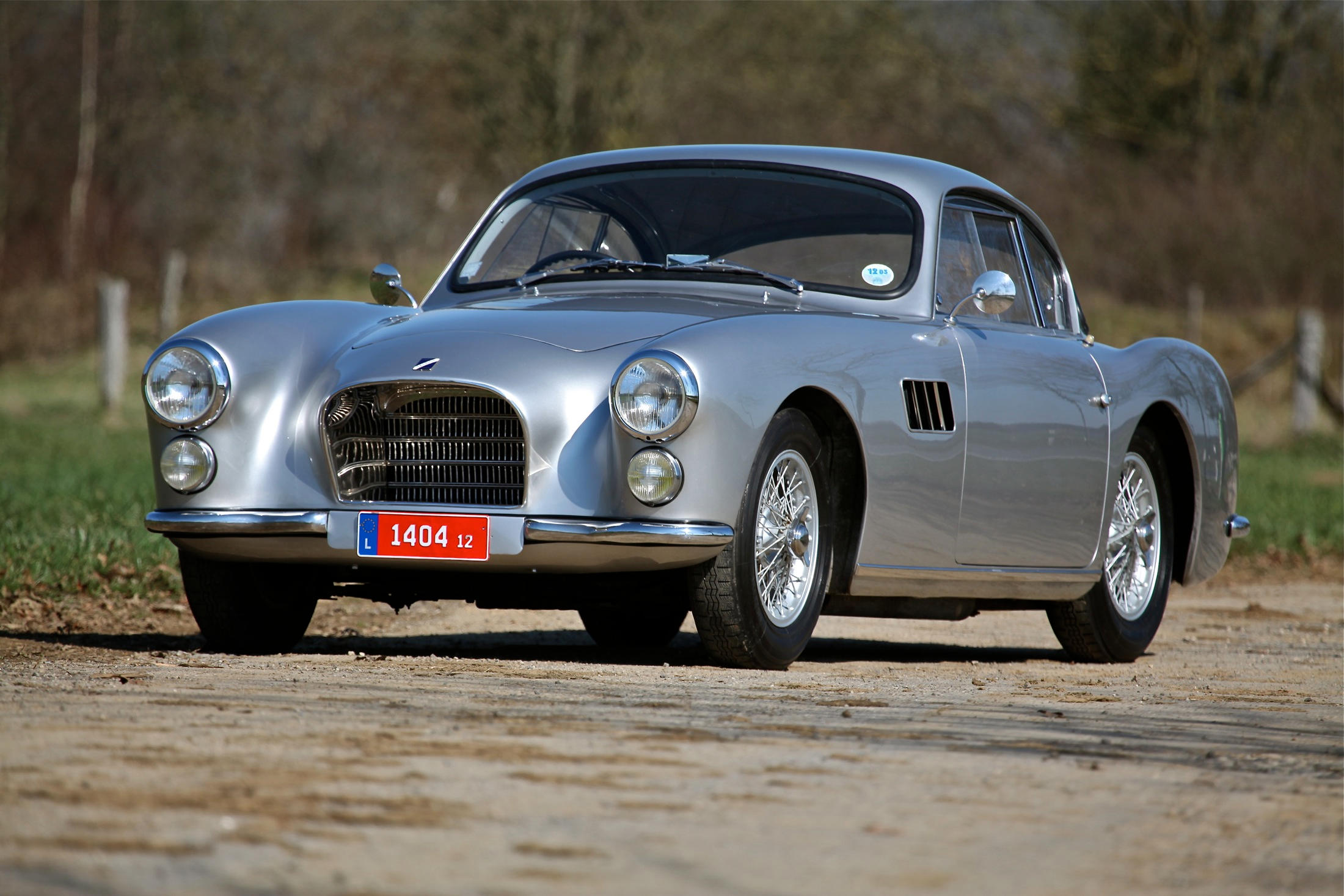
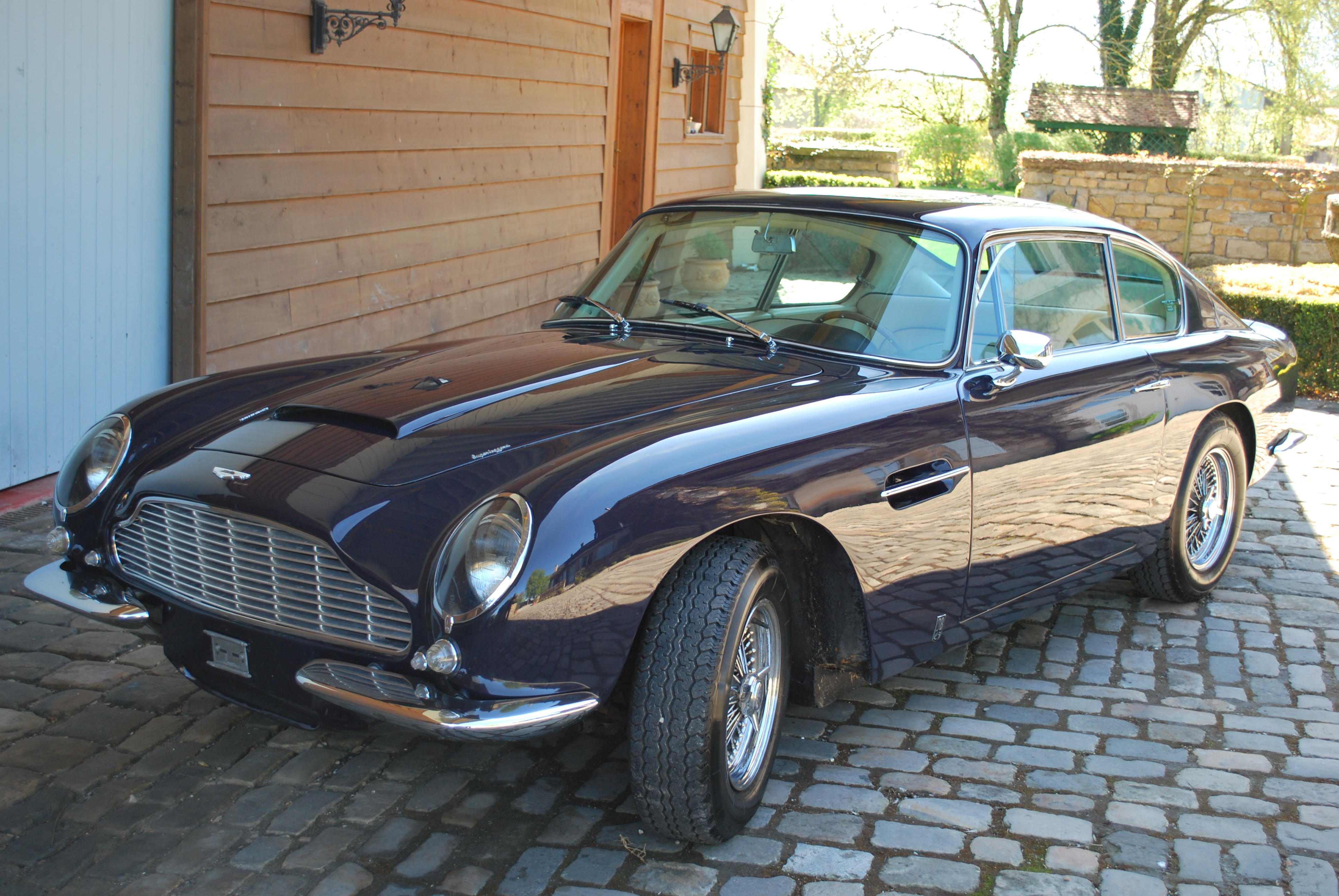
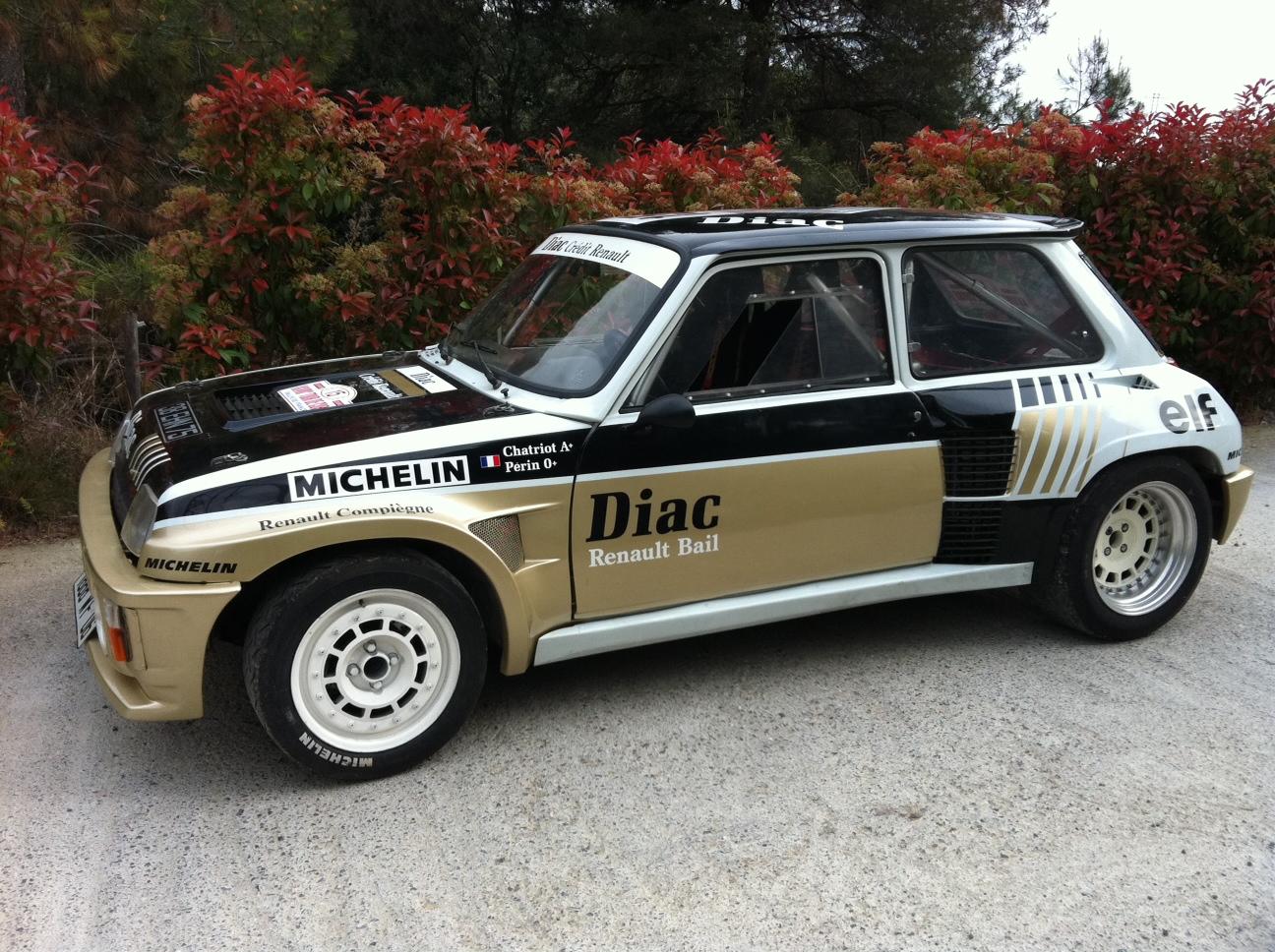

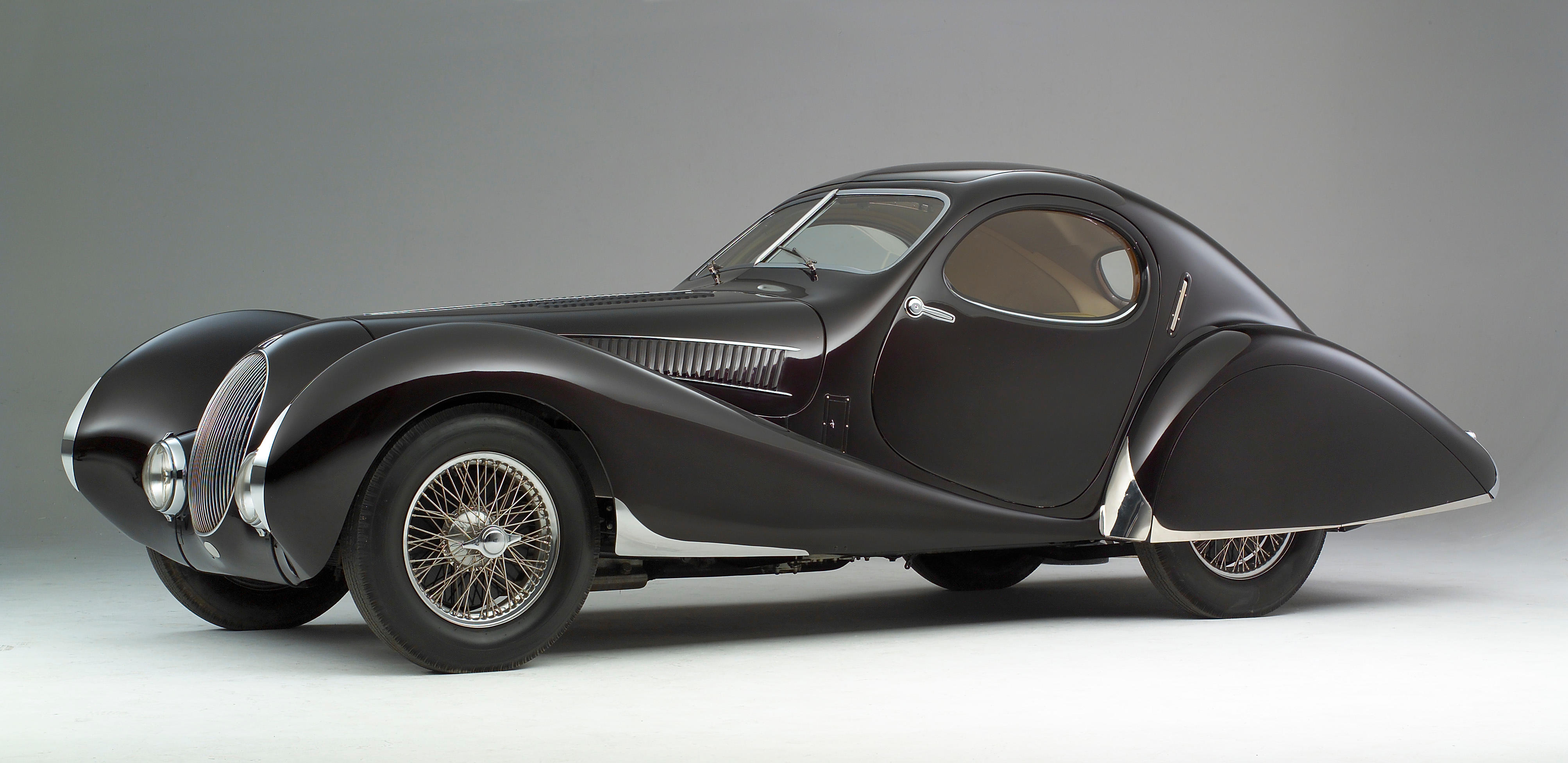

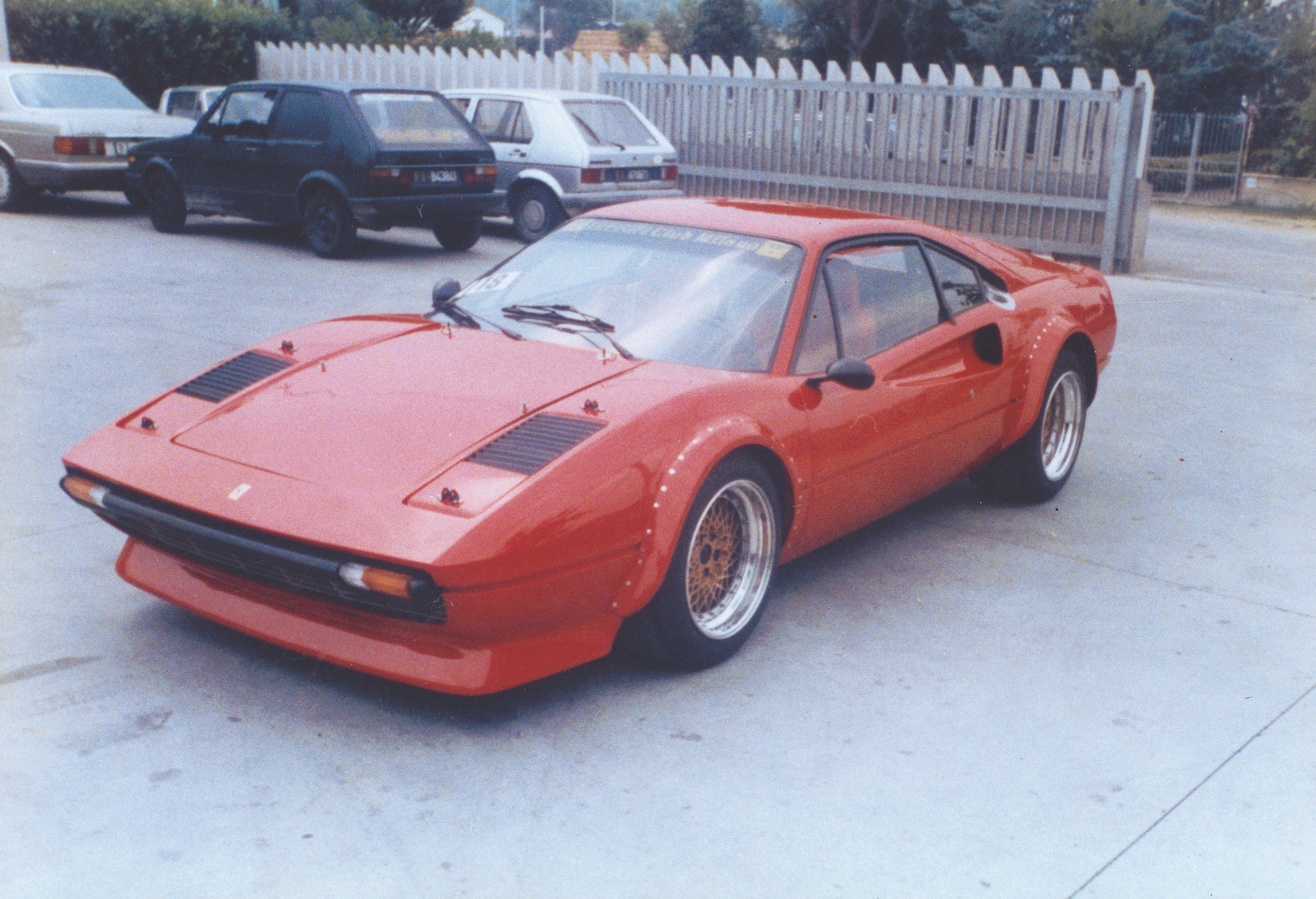
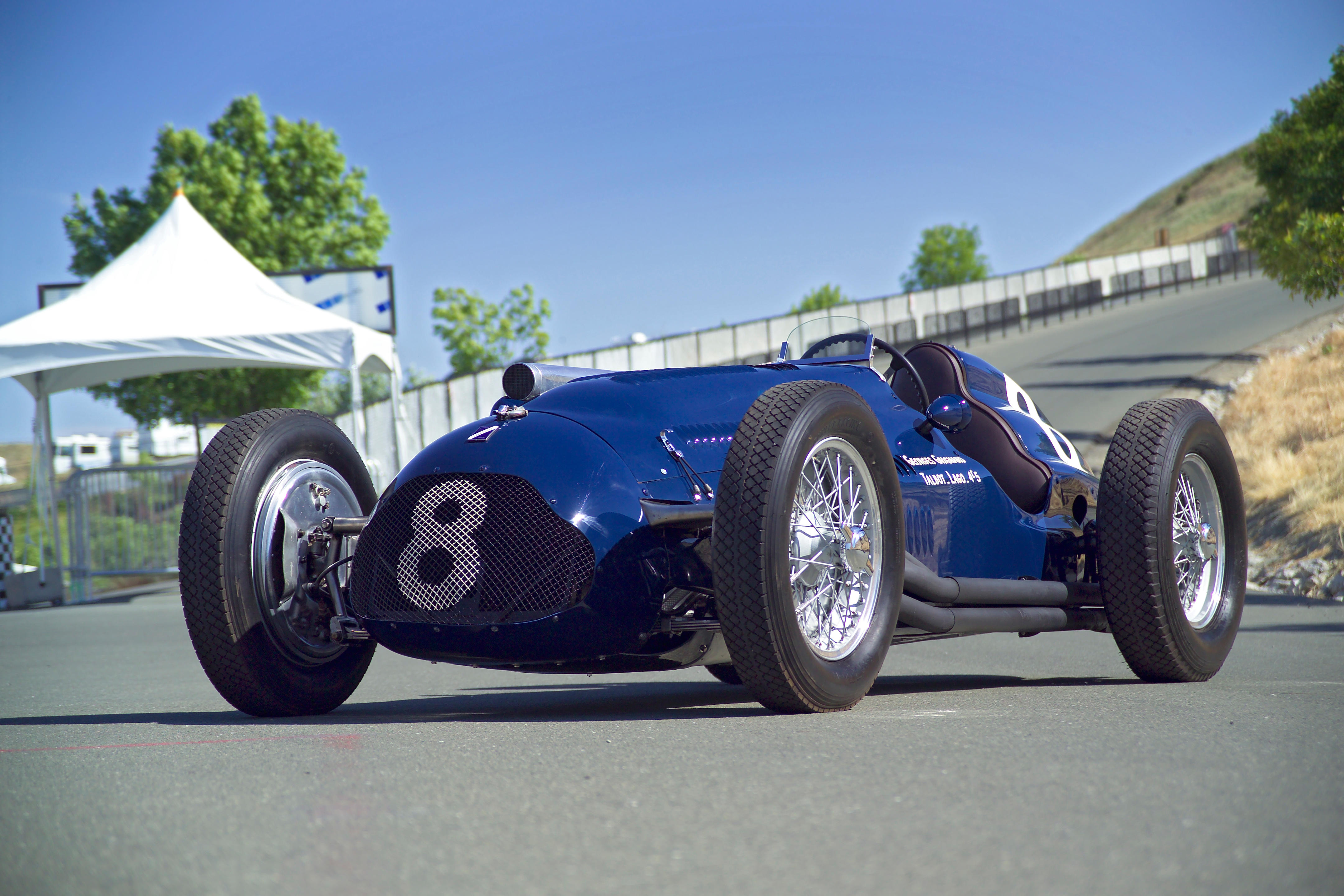
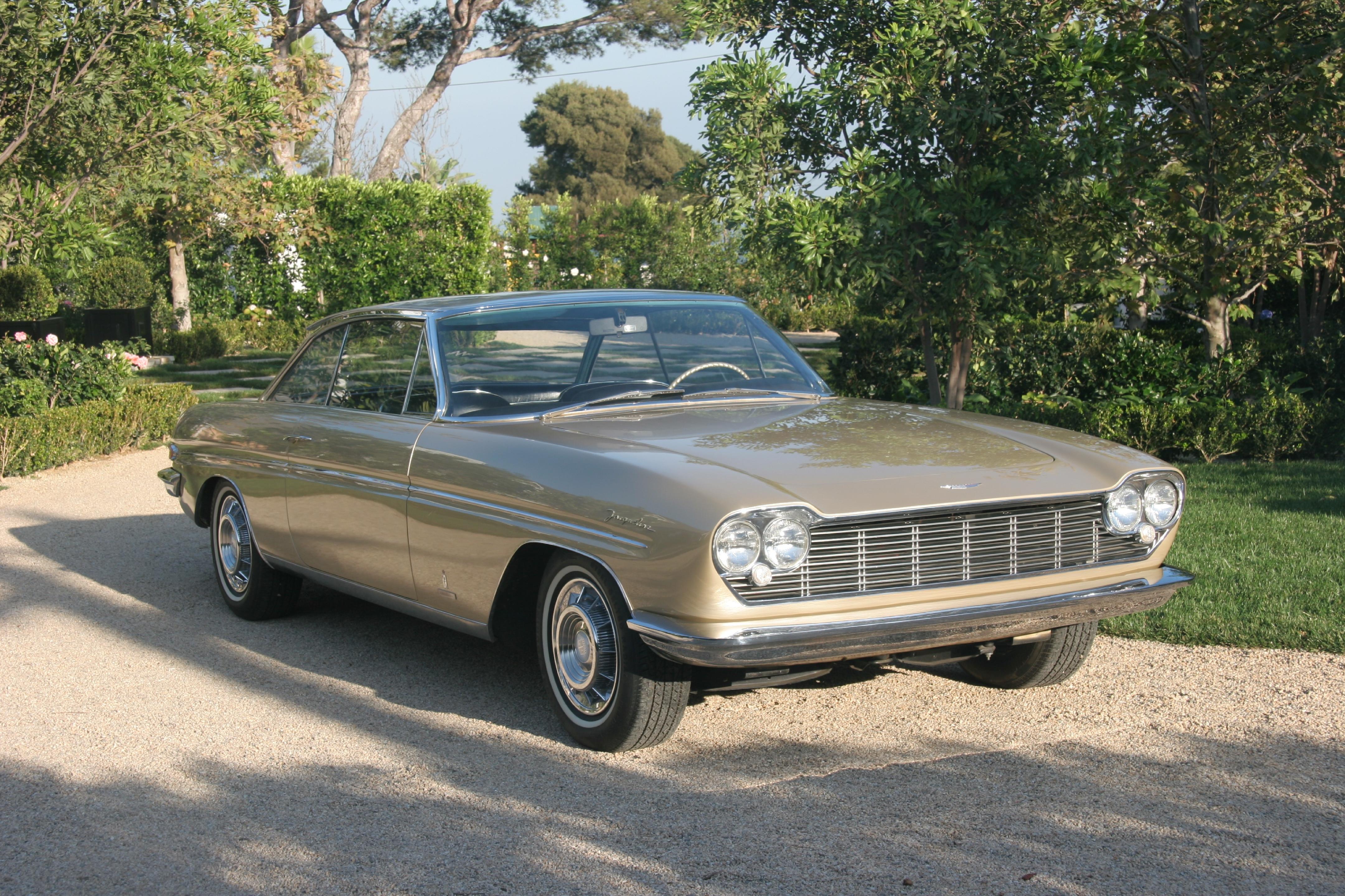
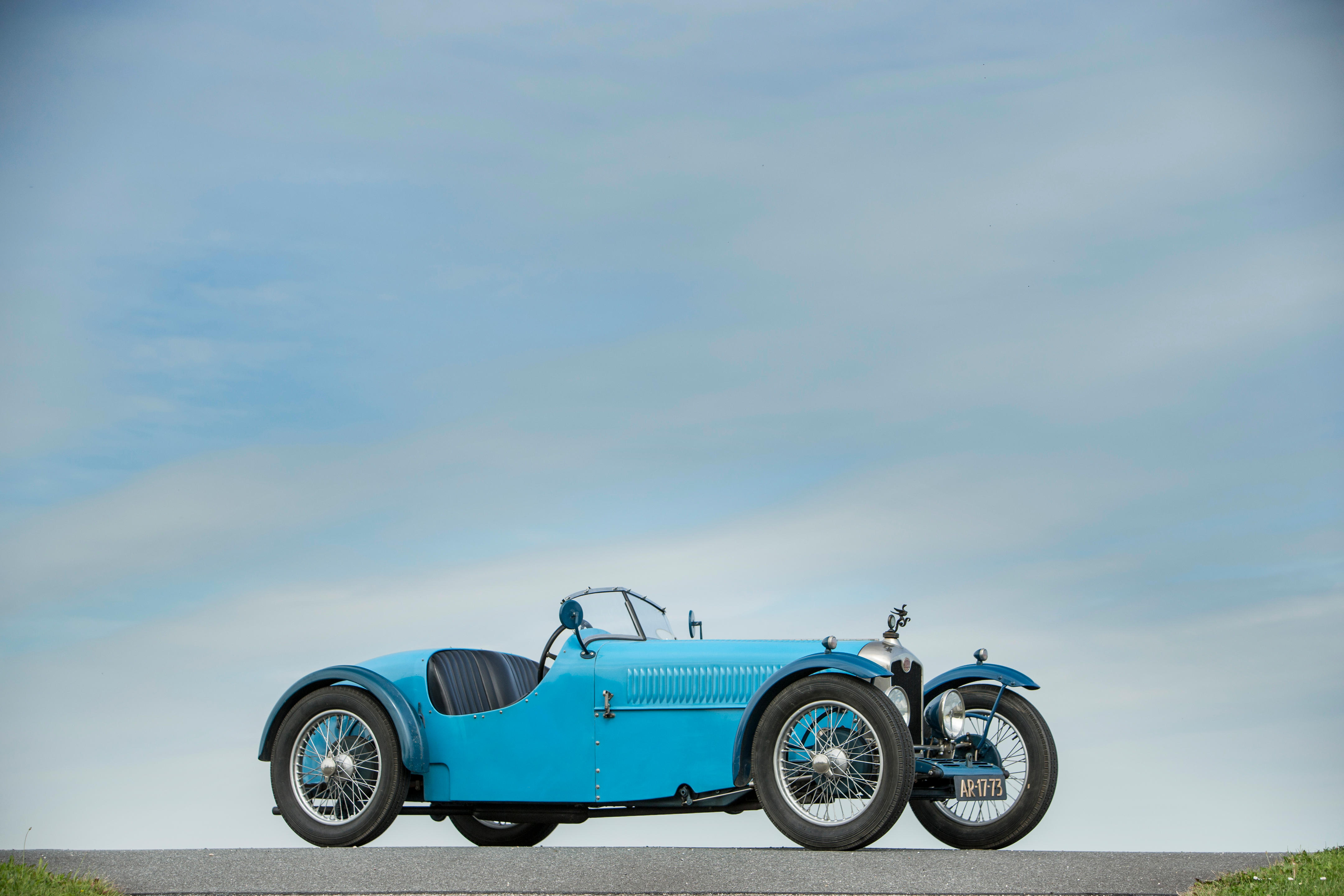
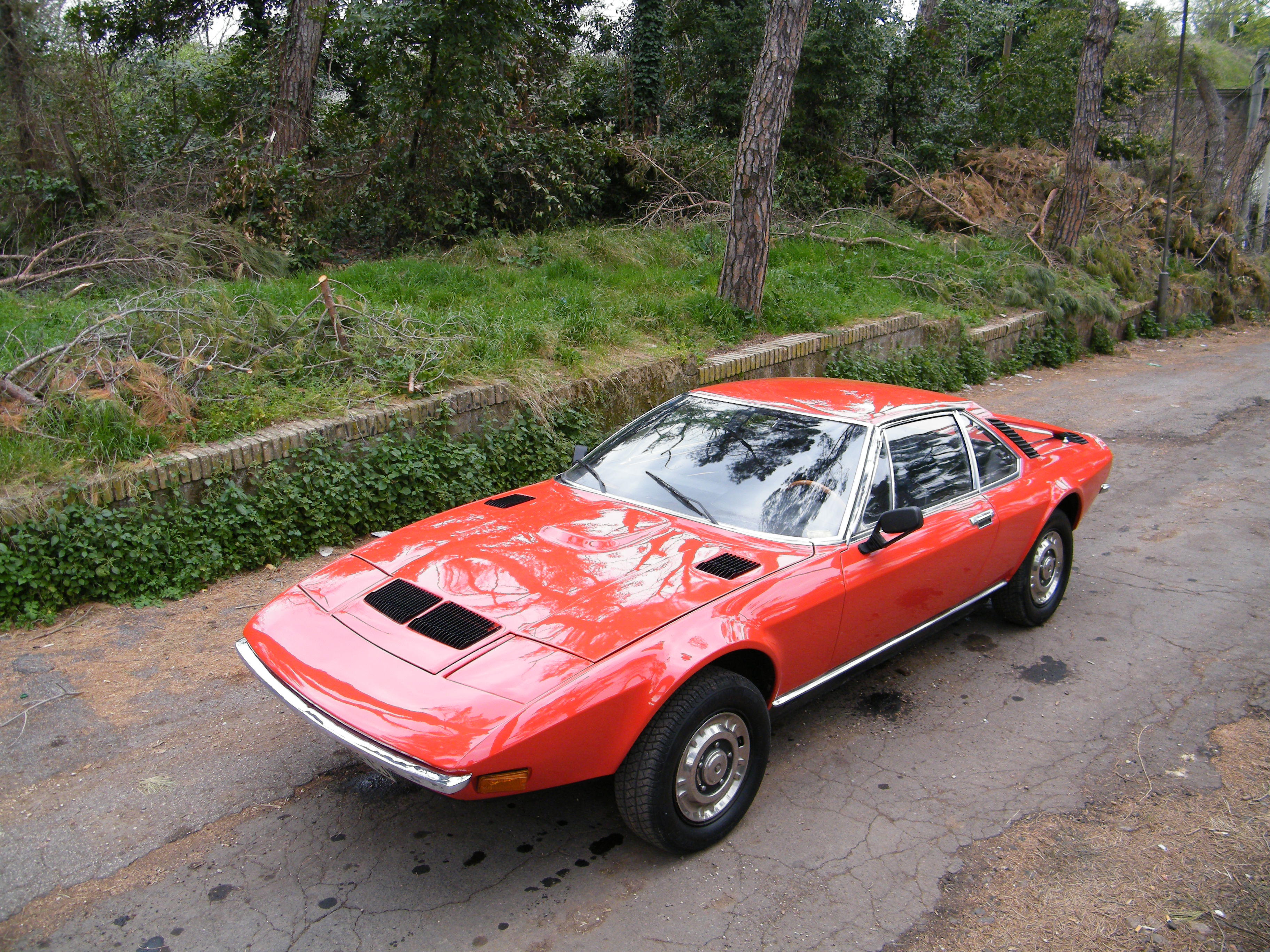


Testen Sie LotSearch und seine Premium-Features 7 Tage - ohne Kosten!
Lassen Sie sich automatisch über neue Objekte in kommenden Auktionen benachrichtigen.
Suchauftrag anlegen